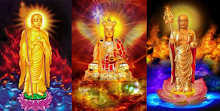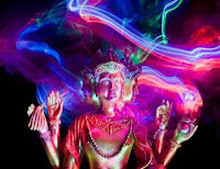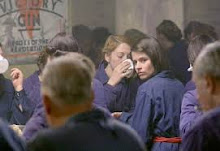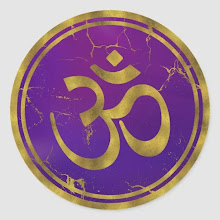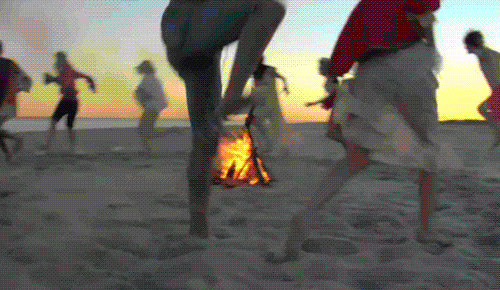
 Kathmandu - The Nepalese gov-ernment is headed for a show-down with the former Maoist rebels Friday after it decided to annul the previous govern-ment's decision to fire the army chief.
Kathmandu - The Nepalese gov-ernment is headed for a show-down with the former Maoist rebels Friday after it decided to annul the previous govern-ment's decision to fire the army chief. A cabinet meeting Thursday even-ing formally revoked the Maoist-led government's controversial decision to fire army chief Rukmangat Katuwal and ratify the president's decision to reinstate him. The move is likely to cause further tension between the government led by the moderate Communist Party of Nepal -- Unified Marxist-Leninist and the Maoists.
A cabinet meeting Thursday even-ing formally revoked the Maoist-led government's controversial decision to fire army chief Rukmangat Katuwal and ratify the president's decision to reinstate him. The move is likely to cause further tension between the government led by the moderate Communist Party of Nepal -- Unified Marxist-Leninist and the Maoists.Katuwal's dismissal in early May and the president's subsequent decision to reinstate him led to the fall of the eight-month old Maoist government. "As the government has overruled our decision, there is no way to continue dialogue," Maoist second-in-command Babu Ram Bhattarai said. "We will focus our attention on agitation."
Bhattarai said the agitation would be to restore "civilian supremacy" that had been undermined by the president's move. The Maoist-led government fired Katuwal on charges of insubordination, accusing him of disobeying government orders. However, political analysts said the move was apparently intended to extend the Maoist's influence over the army, which remained opposed to large-scale integration of former rebel fighters into its ranks.
The Maoists have already shut down large parts of the country, imposing strikes to pressure the government to remove Katuwal and declare the president's reinstatement of the army chief as unconstitutional. Earlier this week, Maoist strikes in Kathmandu and western Nepal paralyzed normal life and brought public and private transport to a standstill.
The growing crisis of confidence among the main political parties and the Maoists is threatening to derail the peace process. The dispute has already impacted the integration of former Maoist combatants into security forces and the drafting of a new constitution, two key points of a peace deal singed in November 2006, which ended a decade of Maoist insurgency. Source





















